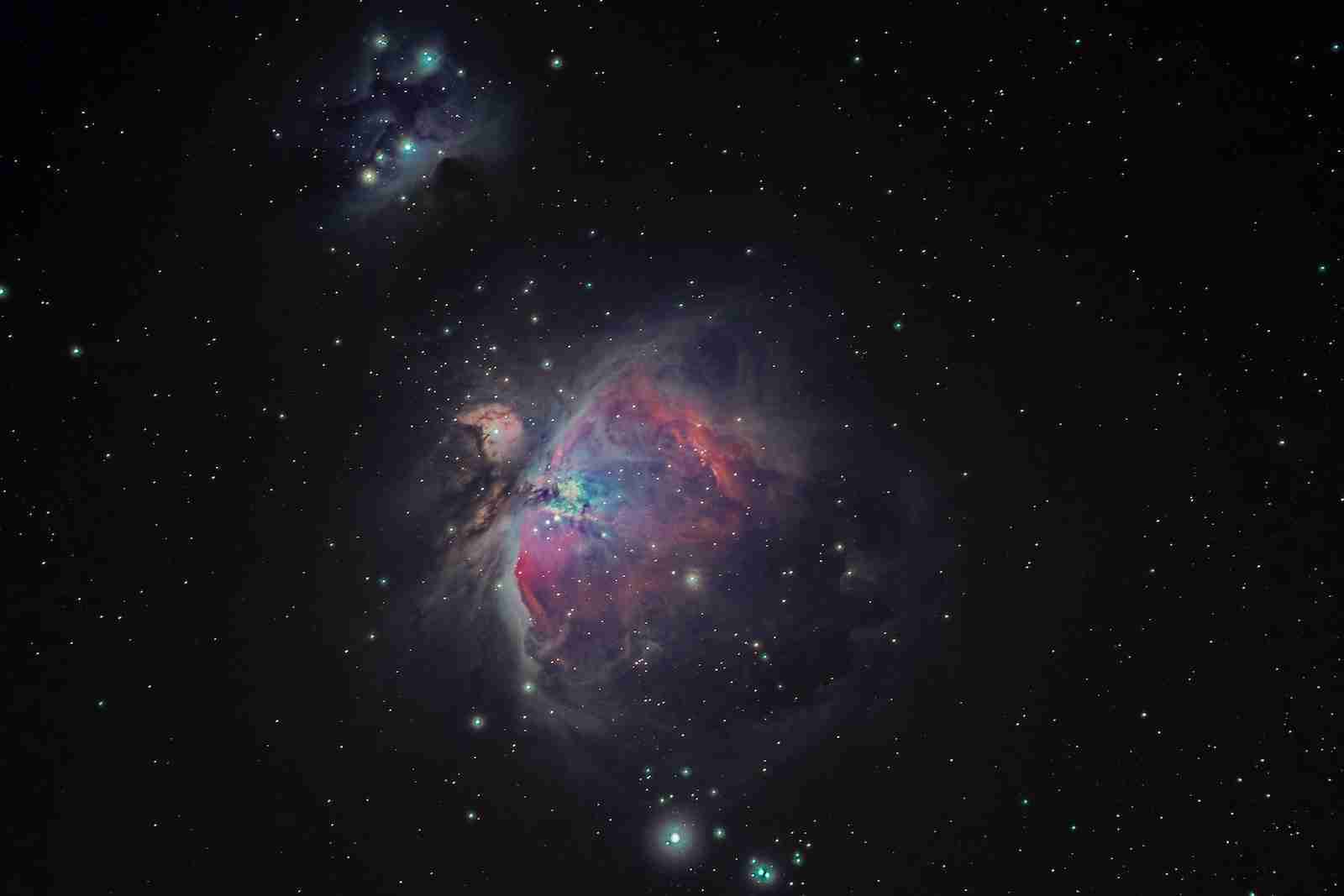25 Fun Facts About Andromeda (Know Your Neighbor)
1. The Andromeda Galaxy is the closest major galaxy to the Milky Way and is located about 2.537 million light-years away.
The Andromeda Galaxy is located a staggering 2.537 million light-years from Earth, making it the closest major galaxy to our own Milky Way.
That’s one impressive headline statistic: the separation between our two galaxies is so immense that an individual beam of light, traveling steadily through our expanding universe at around 300,000 kilometers per second, would take no fewer than 2.537 million years to cross it!
An incredible journey by any measure!
2. The Andromeda Galaxy is the most distant object in the sky that can be seen by the naked eye.
The Andromeda Galaxy is one of the most distant celestial bodies that can be seen without the aid of binoculars or a telescope.
Known as Messier 031, Andromeda resides around two and a half million light years away from Earth. Seen by astronomers since ancient times, it has been nicknamed “The Great Andromeda Nebula” due to its immense size.
It’s faintness and vast distance are definitely reasons why it can not be spotted easily in city skies when looking up at night.
Thankfully, with wide open airy places, it will radiate entirely across the night sky making us appreciate its enormity. Seeing the Andromeda Galaxy is like stepping back into an era long before our own existence, into a very different world.
3. Andromeda is larger than the Milky Way and has more stars, with an estimated 1 trillion stars.
Andromeda is an enormity compared to the Milky Way, with an estimate of over one trillion stars!
That’s in stark contrast to the South Galactic Galaxian’s meager sum of stars, which clocks in at less than half, merely estimated to be around 200 to 400 billion.
In other words, Andromeda has about five times more stars than our Milky Way’s pondered figure.
4. The Andromeda Galaxy is classified as a spiral galaxy, with a central bulge surrounded by a flat disk of stars and dust.
Categorized as a spiral galaxy, the Andromeda Galaxy is characterized by a pronounced bulge in its center.
An orbiting circumference of flat dust and stars spread outwards from this central point. Together, these two elements create the whirling effect that designates it as a galaxy of this type.
It’s majesty and splendor delight viewers all over the universe.
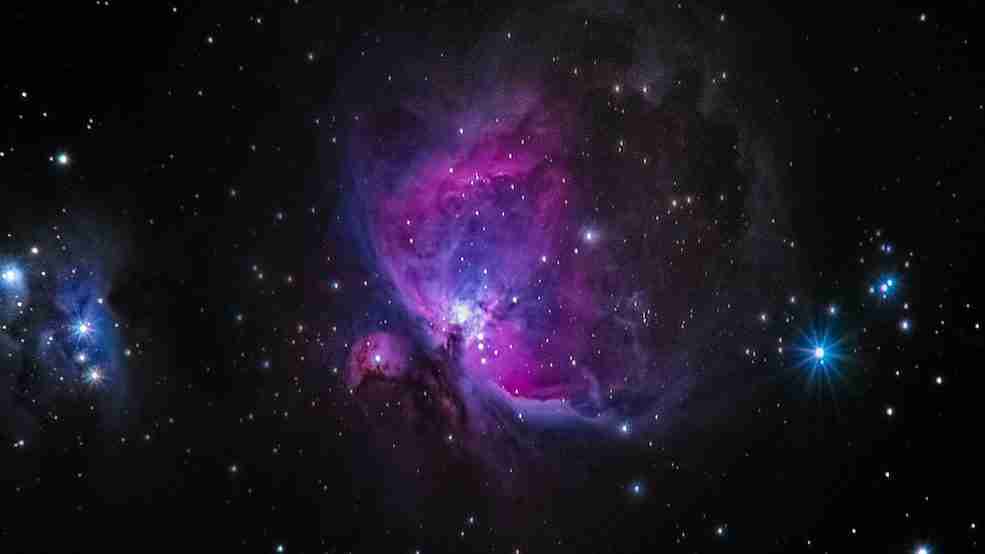
A Spiraling Marvel of Stars and Dust!
5. The Andromeda Galaxy is believed to have formed around 9 billion years ago, making it much older than the Milky Way.
Scientists believe the energy in our Universe started coming together about nine billion years ago, signifying the origin of its first galaxies, including fun facts about Andromeda. This means the galaxies that make up what we know as the Milky Way are much younger!
Estimates put their age somewhere around 13.51 ± 0.09 billion years, despite being considered an ancient stellar population by astronomers.
Compared to this age calculation of the Milky Way, when you look at the believed timeline of its relatives in space, they seem like wisps relatively recently thrown into this star-spangled canvas that is our universe.
6. The Andromeda Galaxy is moving towards the Milky Way at a speed of about 250,000 mph.
Exciting news from the cosmos! The Andromeda Galaxy, known as Messier 31 or M31, is drifting towards us at an incredible rate of speed – about 250,000 mph! Its estimated arrival to the Milky Way is 4.5 billion years away and when it reaches us the collision will be anything but dull! Warp speed has never sounded so possible.
This extraordinary galaxy is our closest neighbor in space – 2.5 million light years away – so it’s quite the undertaking considering this distance and enormity. Andromeda rivals our own galaxy in size and grandeur; it contains up to a trillion stars with thousands visible with Earth-bound binoculars!
Not only will the eventual collision be an impressive show of energy, mixing both galaxies together compositionally, but scintillating clouds thousands of light years away will flash like fireworks.
NASA researchers speculate that together they may form an even larger wave of stellar clusters due to stimulated star formation called luminous infrared galaxies.
7. The Andromeda Galaxy has a supermassive black hole at its center.
The Andromeda Galaxy is an immense spiral located approximately 2.9 million light-years from Earth. This expansive presence has an even more impressive feature at its very mouth – a supermassive black hole.
Scientists estimate that its gargantuan mass exceeds 70 million solar masses, making it truly unique in the Milky Way Galaxy. These cosmic giants aggregate extraordinary proportions over time as they accumulate gas and dust, which means the black hole of the Andromeda Galaxy would have started out relatively smaller compared to today’s record-setting size.
Further study of this cosmic giant continues to finetune our measurements of its astronomers and find intriguing evidence leading them towards extraordinary ideas into this phenomenal astronomical structure.
8. The Andromeda Galaxy is home to a number of satellite galaxies, including the Triangulum Galaxy.
The Andromeda Galaxy is full of fascinating satellite galaxies, the most notable being the Triangulum Galaxy. This galaxy is special, as it is one of the largest galaxies to be found in our Local Group.
In fact, its immense size puts it in the third position in terms of mass, making it an intriguing celestial discovery. The Subrahmanyam Chandrasekhar limit classifies this galactic marvel as a ‘dwarf irregular’, yet despite its low mass and small size, it’s thought that this subgroup contains the highest rate of gas in all Local Groups in the local universe.
Lovers of astronomy won’t want to miss viewing a peep at the Triangulum galaxy to witness its distinctive and unparalleled shape – so take out those telescopes!
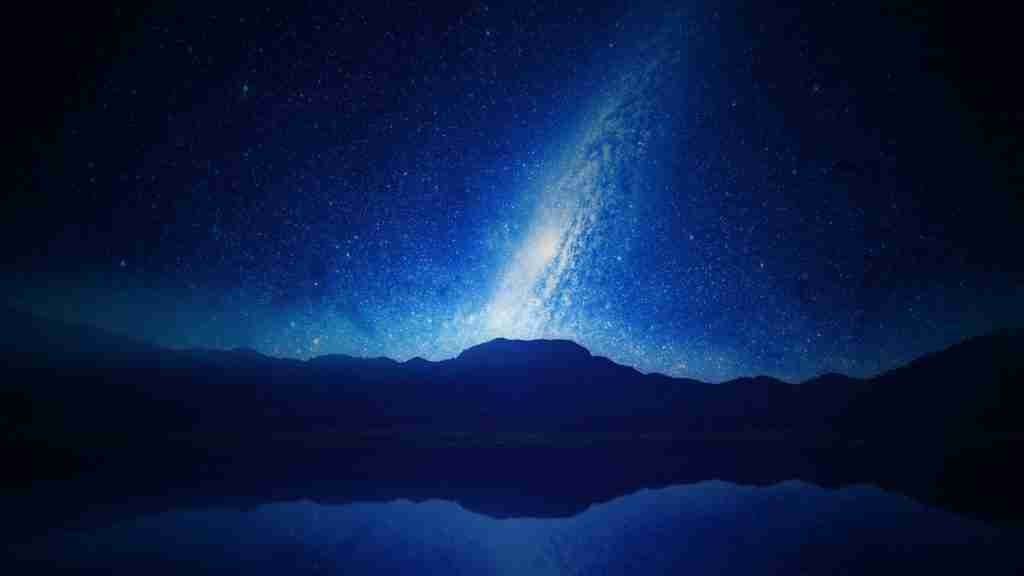
the Andromeda Galaxy
9. The Andromeda Galaxy has a high rate of star formation, with about one star being born every year.
The Andromeda Galaxy, known for its stunning beauty and vastness, is experiencing a formative stage. Fun facts about Andromeda aside, not just on par, it is going above and beyond normal cosmic standards with regard to stellar activity.
Each year, this massive spiral nebula births around one fresh star! This remarkable rate of star formation demonstrates the extraordinary potential held within this limited space.
Taking only an annual timeframe into consideration captures but a glimpse of the power contained in its noble architecture.
Granted these clear numerical values of new formation, so too must light be shed on the biology behind this marvel that challenges the power of our greatest imaginations!
10. The Andromeda Galaxy contains a number of dust lanes and HII regions.
The Andromeda Galaxy offers plentiful opportunities for observation, housing dust lanes and vast regions of ionized hydrogen gas.
These are commonly known as HII regions and they contain the building blocks for new star formation.
Extensive research has revealed that these HII regions often correspond to stellar nurseries, providing star systems with everything they need to nurture possible life elsewhere in the universe.
With such incredible potential within the boundaries of this galaxy, it’s no wonder Andromeda is seen as a celestial wonder against the night sky!
11. The Andromeda Galaxy has a number of globular clusters.
The Andromeda Galaxy is home to many globular clusters, which are dense formations of stars held together by the immense gravitational pull of the galaxy’s core.
These clusters appear tangible from far away, but that does not do justice to the sheer density of masses contained within them.
At any given time, the cores are estimated to consist of between 10 thousand and one million stars!
The galaxies’ gravitational potential likely has a hand in their constantly changing shape, which further contributes to these complex structures obtained from millions of specimens. Truly, nothing short of awe-inspiring!
12. The Andromeda Galaxy has a number of planetary nebulae.
The Andromeda Galaxy is home to an abundance of planetary nebulae. Unpacking what that means, in a nutshell, these gaseous structures are actually remnants from the last stages of dying stars, as they have ejected their outer layers.
But despite limitations like having finite fuel supplies, these beautiful images and dust formations captivate many stargazers with their multicolored clouds of cosmic gas.
13. The Andromeda Galaxy is home to a number of supernova remnants, which are the remnants of exploded stars.
The Andromeda Galaxy is an impressive cosmic sight in our universe. Located roughly 2.5 million light years away from Earth, this Milky Way neighbor puts on an amazing show for astronomers.
An additional feature for stargazers is the number of supernova remnants found within it, remnants that said witnessed the catastrophic explosions of stars before rapidly cooling and fading away.
In these pockets of space can still be detected tremendous amounts of energy signals left by brilliant galactic fires are now long extinguished from view.
14. The Andromeda Galaxy is believed to have a number of brown dwarfs.
The Andromeda Galaxy, known for its captivating nature, has been a subject of fascination for scientists with its elusive array of objects potentially hiding in its limits. Fun facts about Andromeda reveal that, as recent discoveries suggest, some have theorized that among such components, it could have a number of brown dwarfs.
These are peculiar celestial bodies that do not quite fit the definition of either stars or planets; they are too large not to be called planets but don’t convey enough gravity needed for stardom. As such, astronomers haven’t definite into which category these lie.
15. The Andromeda Galaxy has a number of pulsars.
The Andromeda Galaxy is home to numerous fascinating and exotic artifacts – pulsars. These occurrences are formed when a star collapses, forms a supernova, and eventually collapses even further into a neutron star.
Neutron stars are incredibly dense and are known to rotate at phenomenal velocities up to several hundred rotations per second!
It’s not just the remarkable rotation speed that makes pulsars so interesting these rotating neutron stars also emit pulsed radiation in regular intervals often for millions of years!
In this way, researchers hope that through monitoring this consistent pulse or signal from the Andromeda galaxy they might be able to gain insight into some of the universe’s earliest beginning.
16. The Andromeda Galaxy has a number of quasars, which are extremely luminous objects thought to be powered by supermassive black holes.
The Andromeda Galaxy holds the distinction of having a large number of distinct quasars, which are incredibly radiant objects. Intriguingly, these objects have been heavily suggested by astrophysicists to be produced and fueled by supermassive black holes.
This indication has piqued the interest of many scientists since it was first observed decades ago. Furthermore, the amount of energy estimated to amount to these quasars is surpassing that which originates from our own Milky Way Galaxy by an impressive degree!
What’s more, this statement stands as further evidence for their determination that supermassive black holes could possibly supply infinite amounts of energy.
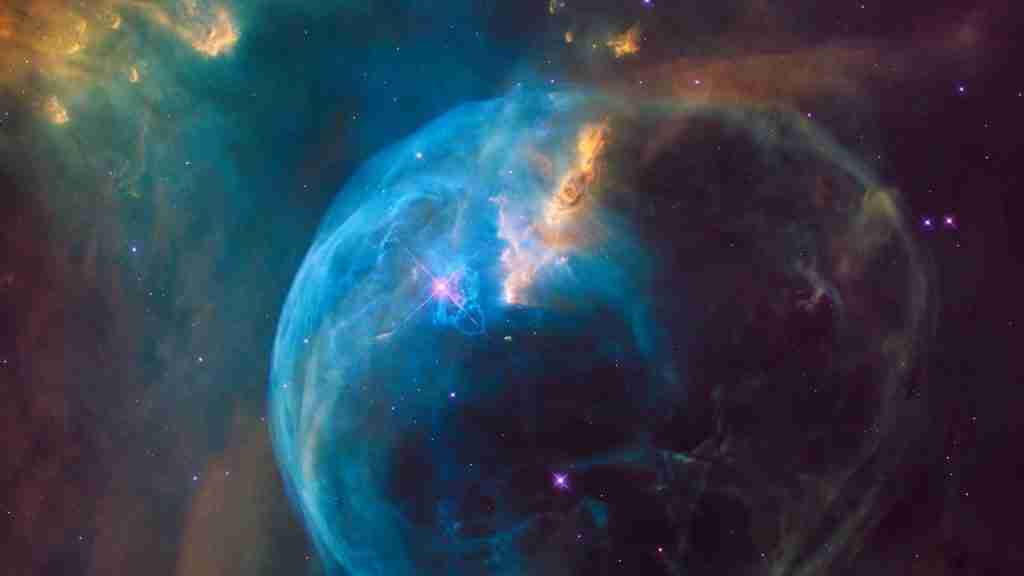
and Mighty Black Holes!
17. The Andromeda Galaxy has a number of red giants, which are dying stars that have expanded to many times their original size.
The Andromeda Galaxy is renowned for having many red giants — stars that were once warm and bright, but now find themselves greatly swollen in size.
These hot celestial bodies, which have increased to anywhere between 10 and 100 times their original diameter, are considered dying stars whose death often produces an incredible luminosity and intense shine.
Red Giants also emit intense heat waves, which have been detected from afar by scientists observing from Earth.
What’s more impressive still is the fact these brothers to our own Sun are slowly but surely consuming the hydrogen-helium resources found within the host galaxy: a stirring reminder of how fragile the balance between star birth and Stardust truly is!
18. The Andromeda Galaxy is the largest galaxy in the Local Group of galaxies, which includes the Milky Way and over 50 other smaller galaxies.
The Andromeda Galaxy, located 2.5 million light-years away, is the largest known Milky Way neighbor in the Local Group of galaxies.
It stands as one of the largest known structures in the Universe, comprising over 50 small galaxies apart from our own.
Spanning 240,000 light-years across, its vast scale allows it to be visible with the naked eye in certain locations on Earth far from city pollution and interfering light.
Its intriguing beauty also captivates stargazers looking through telescopes under evenly lit skies. As we explore our galactic yard, let us not forget its awe-inspiring grandeur!
19. The Andromeda Galaxy is the most luminous galaxy in the Local Group, with an estimated luminosity of around 400 billion times that of the Sun.
The Andromeda Galaxy, known for its fascinating fun facts about Andromeda, lies in the Local Group of Galaxies and is the brightest around.
Preliminary estimates believe its luminosity to be a whopping 400 billion times that of the Sun’s.
Star gazing enthusiasts may have seen it shine prominently in darker evening skies. This mighty galaxy exceeds its fellow members in intensity, owing to its astronomical level of light output.
Professionals from the astronomy scene credit it for being one of the brightest phenomena in our cosmic abode!
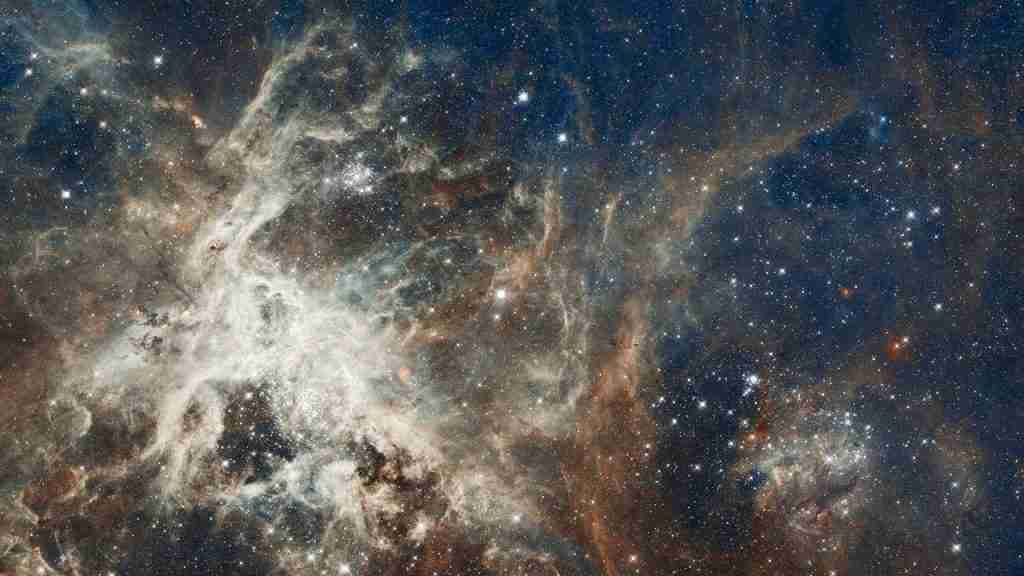
the Dazzling Star of the Local Group!
20. The Andromeda Galaxy is thought to have a halo of dark matter that is much larger than the visible portion of the galaxy.
The awe-inspiring Andromeda Galaxy is brighter than any other galactic neighbor. While it exhibits an enormous disk of stars and gases, many assessments pinpoint surprisingly inscrutable objects around it.
It is believed that these structures make up a halo of dark matter which extends to unimaginable lengths.
The quantity eclipses the dynamics viewable in the invisible mass state of the galaxy by colossal measure, with research supposing its total cosmic volume totals about a trillion times heavier than our Sun!
21. The Andromeda Galaxy is believed to have a number of satellite galaxies.
The Andromeda Galaxy is the neighbor of our very own Milky Way, situated approximately 2.5 million light years away.
This distant system is believed to have a lineup of satellite galaxies that circle it, such as M32 and M110 dwarf galaxies.
These loyal satellites proudly stand guard around this celestial beauty, all while they are shrouded in its mysterious glow.
Allowing us a rare glimpse into the depths of space, these orbiting galaxies show us what even the boundaries of our universe struggle to contain; the sheer vastness of it all.
22. The Andromeda Galaxy is home to a number of supermassive black holes.
The Andromeda Galaxy is an astronomical powerhouse. Countless supermassive black holes coexist in its boundaries, the most impressive being at the very center, estimated to have a mass of 70 million solar masses.
That’s a fifteenth of the Milky Way’s gigantically gargantuan central black hole! Its radiational hailstorm marks not only mighty gravitational might but also beautiful celestial luminance and science fiction inspiration for some.
Not too far away from our home galaxy, jewels littering the space between stars quantify how galactic forces can become undeniably sublime spectacles.
23. The Andromeda Galaxy is home to a number of star clusters, including the Andromeda X cluster.
The Andromeda Galaxy consists of countless stars and star clusters. Amidst these, exists The Andromeda X cluster, believed to be one of the largest and most massive clusters in the entire Local Group region.
Its enormity dwarfs previously known members with more stars and mass, making it increasingly unique.
Astronomers remain fascinated by how such an intricate arrangement of stellar formation could take place within this single cluster.
24. The Andromeda Galaxy has a number of planetary nebulae, including the famous Cat’s Eye Nebula.
With numerous planetary nebulae, here are some fun facts about Andromeda: The petite yet awe-inspiring Andromeda Galaxy holds one particularly mesmerizing example: The Cat’s Eye Nebula.
Quite famous for its iconic appearance, it is often referred to as one of the most intricate planetary nebulae known to exist ever since its surprising discovery centuries ago.
This horseshoe nebula has remained a continuous source of motivation to astronomers as they stand in wonder on the tails of another far-away burning beauty.
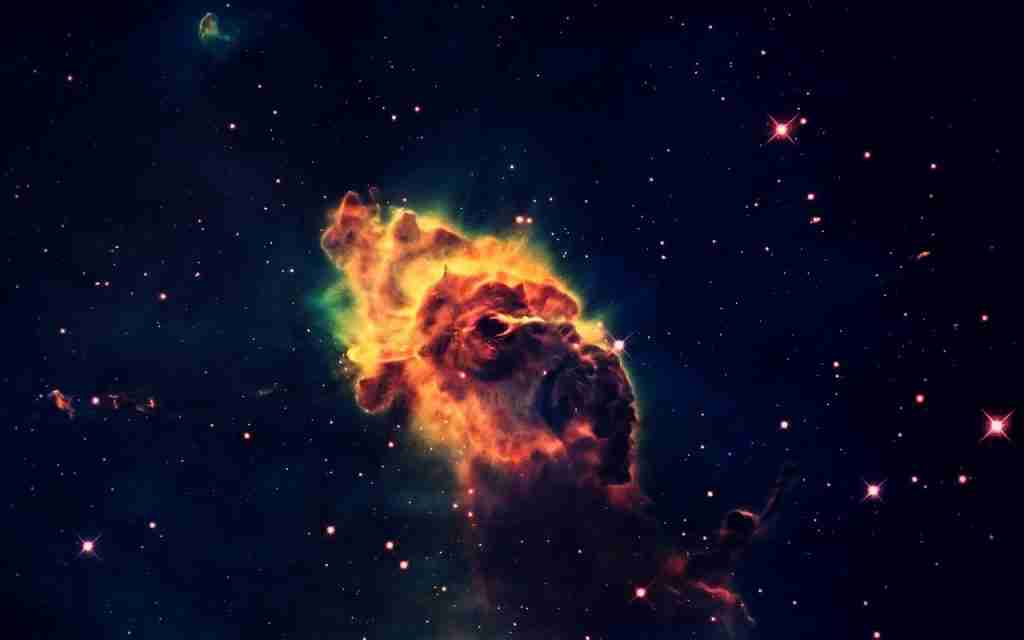
featuring the renowned Cat’s Eye Nebula.
25. The Andromeda Galaxy has a number of supernova remnants.
The Andromeda Galaxy has several supernova remnants exquisitely woven into a vast celestial tapestry.
One particularly stunning element of this intricate artwork of our night sky is the renowned Cassiopeia A supernova remnant, which is one of the brightest visible in the heavens.
This spectacular structure experienced a stellar explosion nearly 11,000 years ago and its far-reaching light continues to dazzle all onlookers from Earth’s vantage point, vividly displaying its catastrophic demise.

